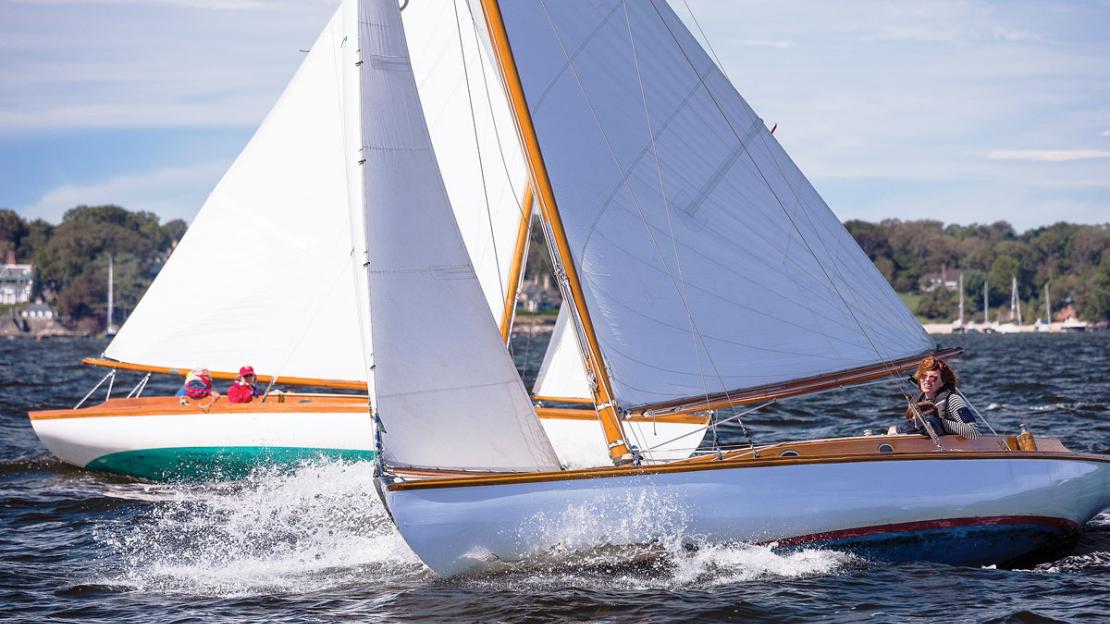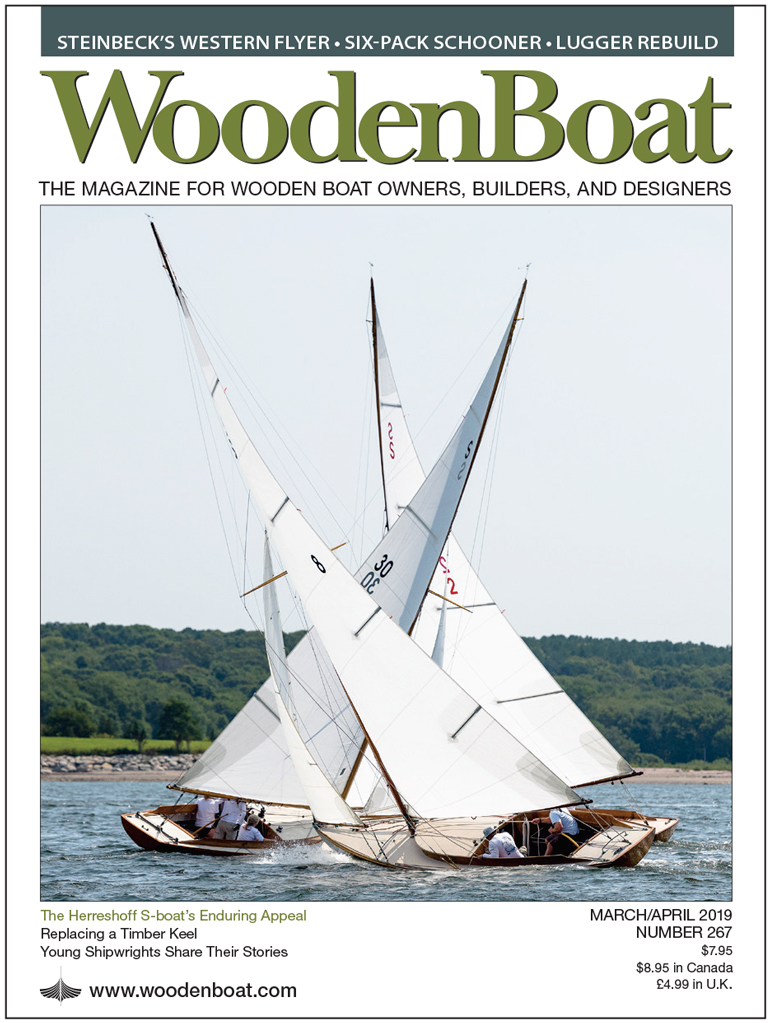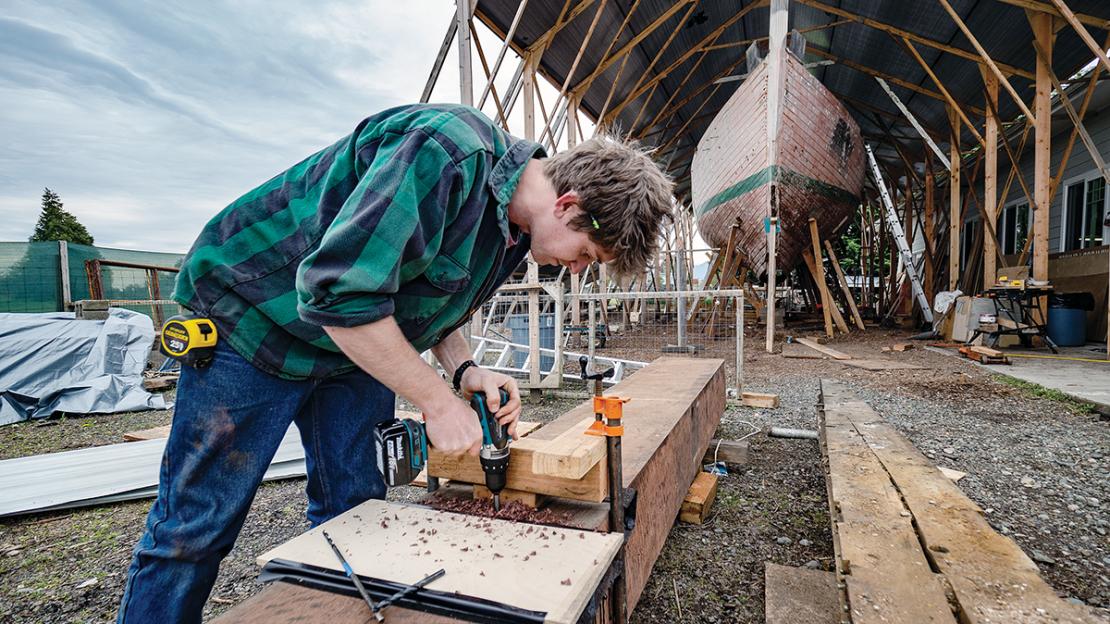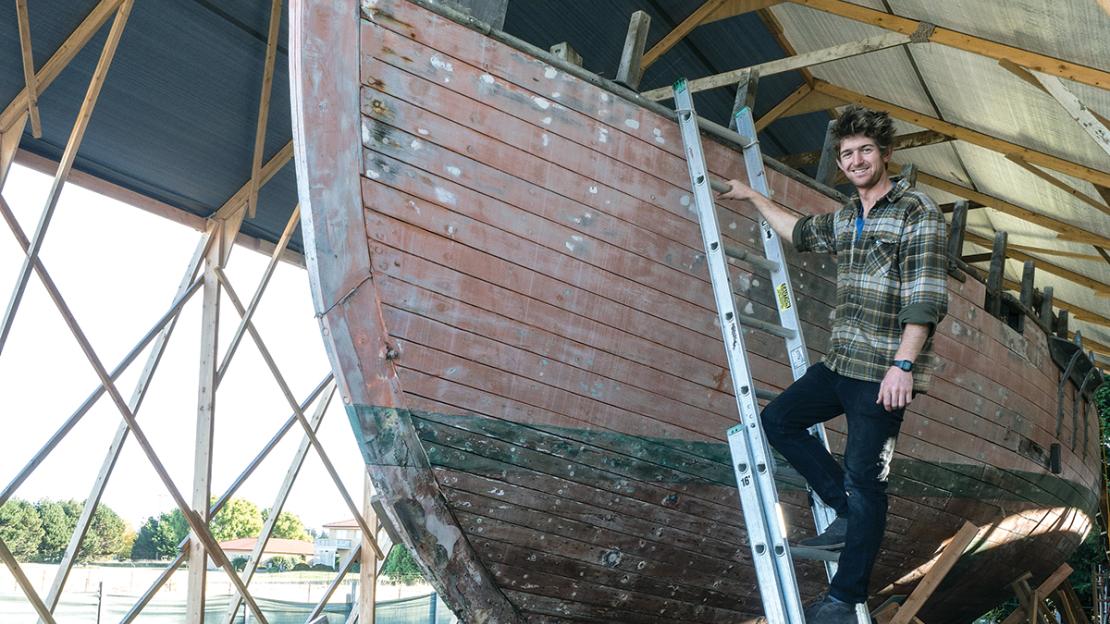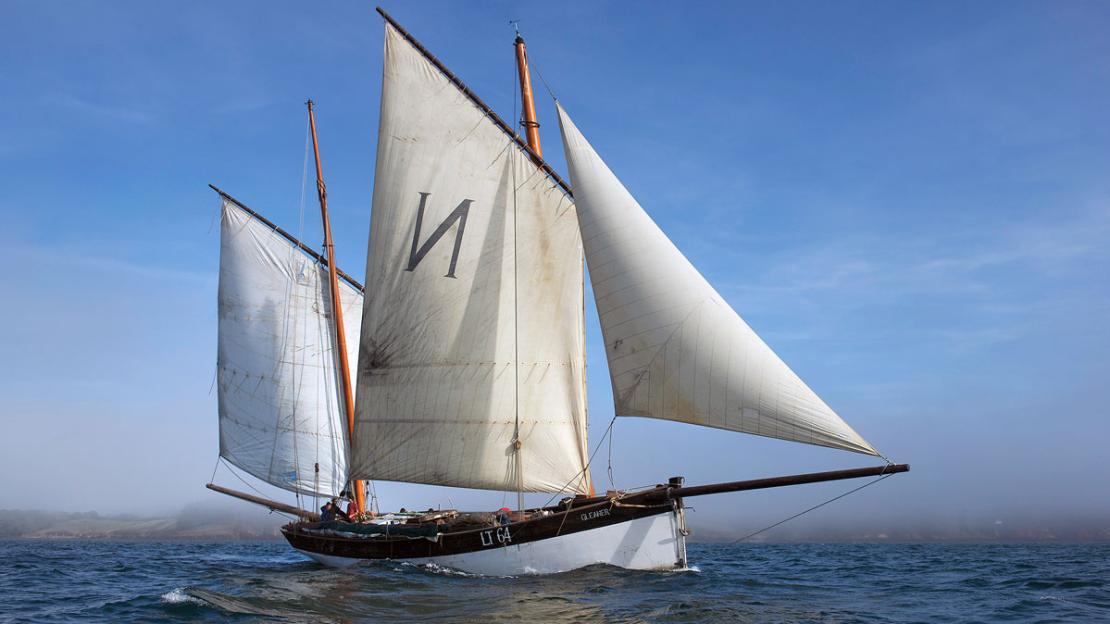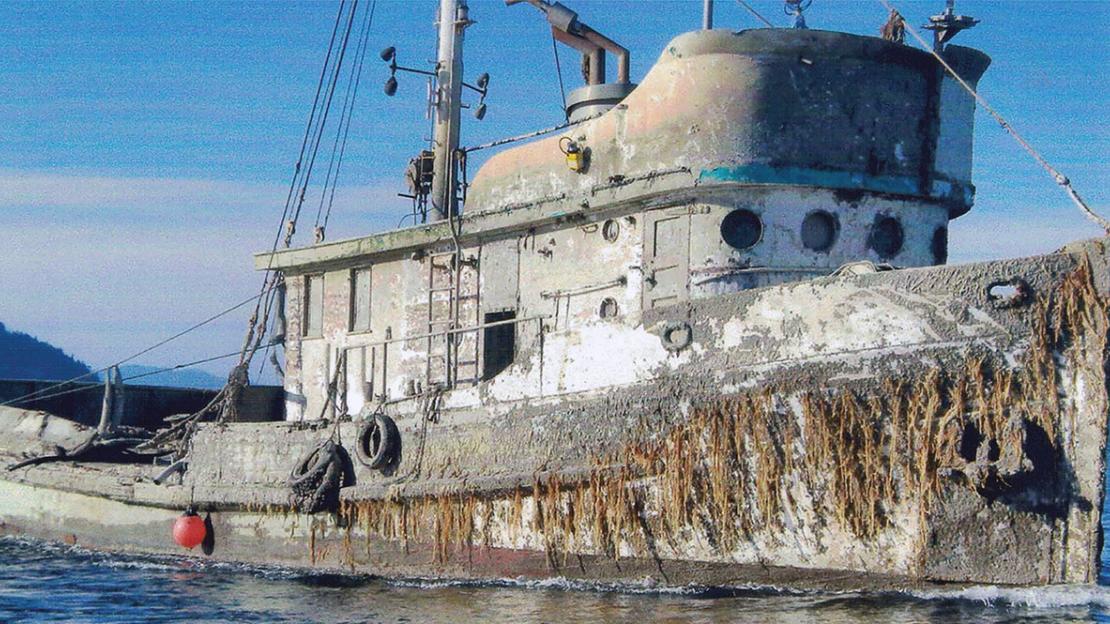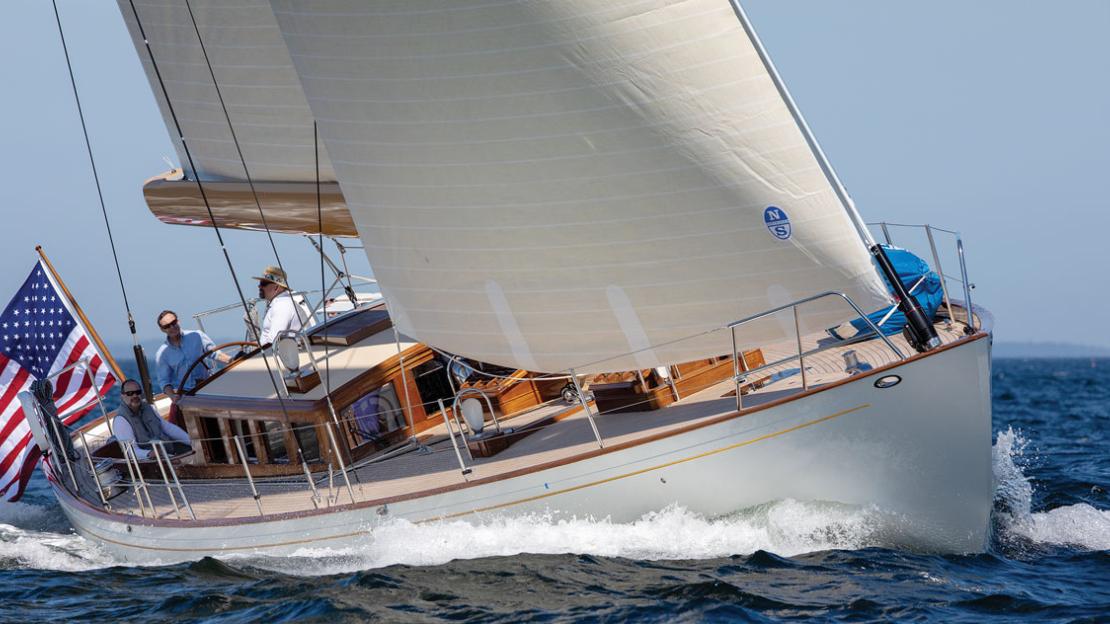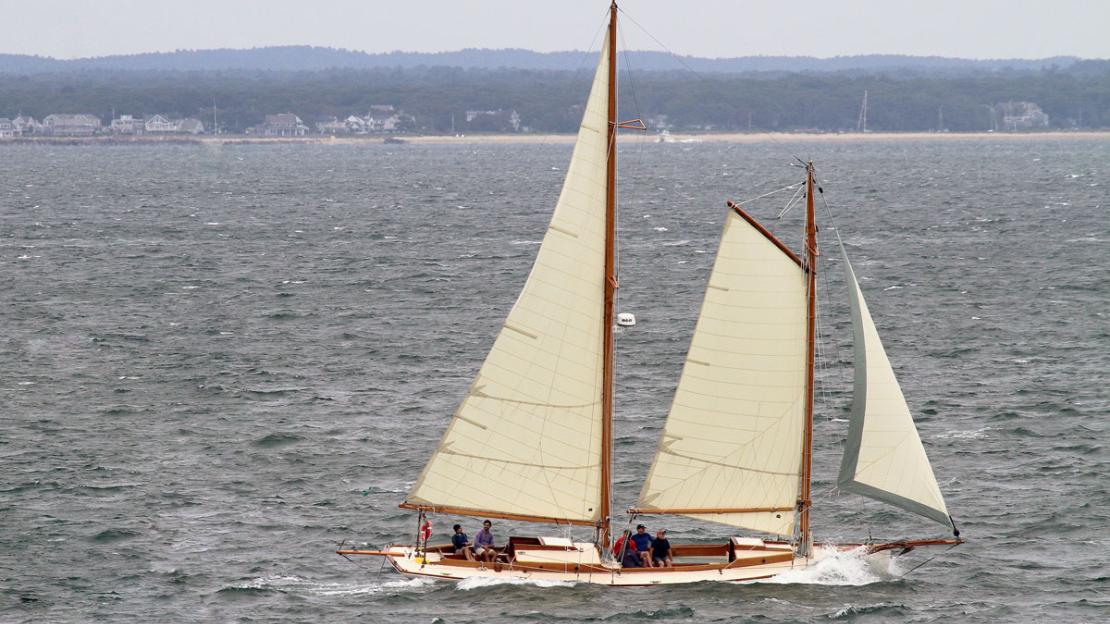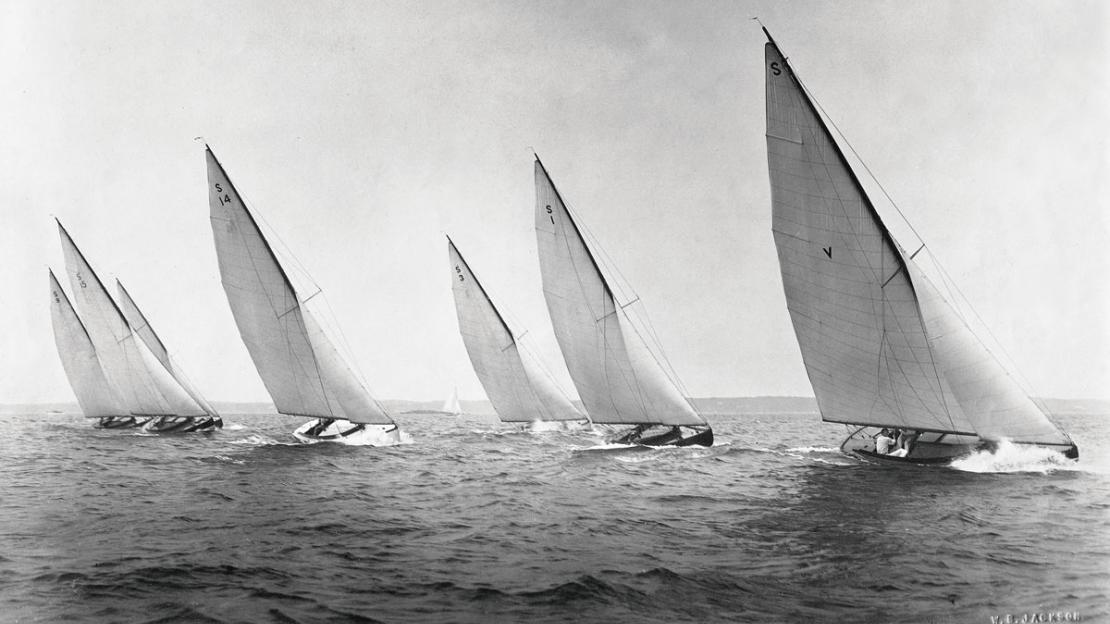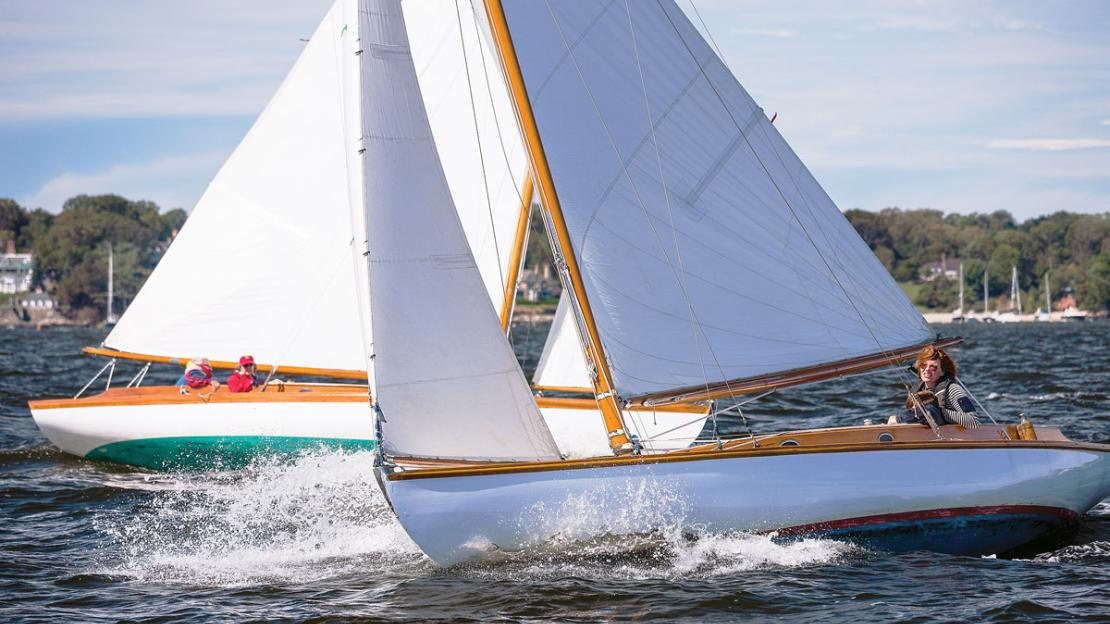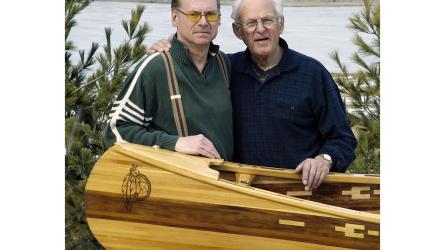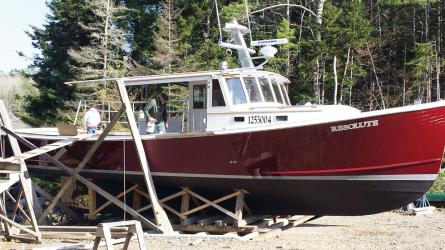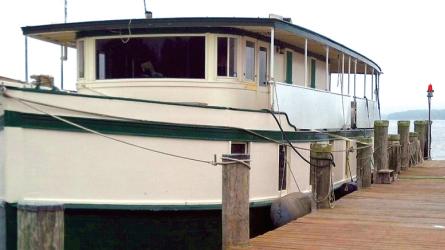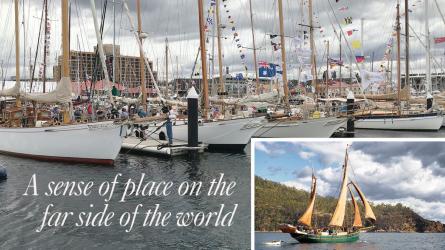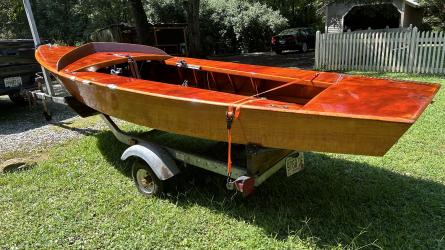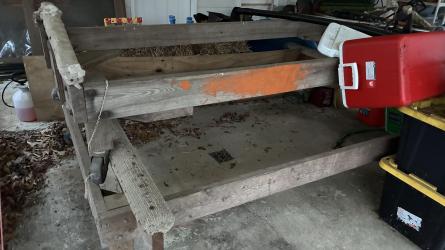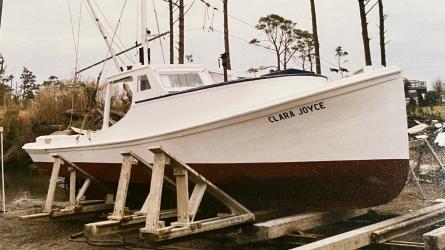Same as It Ever Was
There is, in the archive of Mystic Seaport Museum in Connecticut, a stunning image by Morris Rosenfeld of three different-sized sailboats charging along close-hauled and perfectly aligned by order of height. The smallest, the Atlantic-class sloop NOWETA, is to leeward and in the foreground; next to windward and a little aft of NOWETA is the 8-Meter ALALA; and farther to windward and farther aft is the L. Francis Herreshoff–designed M-boat ISTALENA. Rosenfeld named the image “Once in a Lifetime,” suggesting it was a rare moment, composed more by luck than by intent.
The image on this issue’s cover reminds me of that Rosenfeld photograph. It was shot last summer by the Newport, Rhode Island–based photographer Cory Silken, and it shows three Herreshoff S-boats clustered at a windward mark, with seemingly no room to spare between them. They look like they are dancing. The visual compression caused by a long lens, Cory told me, makes them appear closer together than they really were. But still, he said, things were tight between the boats. So it’s all the more stunning that another competitor, FIREFLY, just out of the frame in this shot, snuck in between LADY LUCK (No. 2) and VINDEX (No. 30) seconds after Cory exposed this shot. (OSPREY, No. 8, is the other boat in this photograph.) This S-boat fleet is competitive, clearly, and staffed by adept sailors.
The event was the Herreshoff Classic Yacht Regatta, off Bristol, Rhode Island. VINDEX, the middle boat in our cover shot, went on to win that competition. FIREFLY was being sailed by her longtime owner, Alan Silken, who is Cory’s father. He wrote the article about the contemporary S-boat scene beginning on page 80. In it, we learn that S-boats are popular today not only on Narragansett Bay, but also in Quissett, Massachusetts, and Long Island Sound, New York. “It is remarkable,” writes Alan, that after a century, more than half of the original S-boats are still sailing and racing.” He further notes that some of the best sailors in the history of Narragansett Bay—a region rife with champion sailors—have been S-boat sailors.
A companion article describing the origins of the class, by Maynard Bray and Claas van der Linde, begins on page 74. It describes how the early S-boats caught the attention of the upper echelon of the competitive yachting establishment in 1920, when AMERICA’s Cup yachts were fitting out at the Herreshoff Manufacturing Company in Bristol at the same time as the S-boat’s initial trials.
And we learn in both of these articles that, although the Herreshoff S class is about to turn 100 years old, all of the boats racing today are vintage ones. Unlike boats of similar-aged classes that have been through rig redesigns, or have been built in fiberglass, or have been built recently in wood, all of the competing S-boats today are originals—built first by Herreshoff and later by Lawley. They are as they have always been—beautiful, sublime, and extremely competitive. They are still driven by their original deeply curved masts carrying colossal mainsails, tiny jibs, and labor-intensive running backstays. The Herreshoff S-boat is, indeed, the same as it ever was, as illustrated by Cory’s own, striking, once-in-a-lifetime image.

Editor of WoodenBoat Magazine
